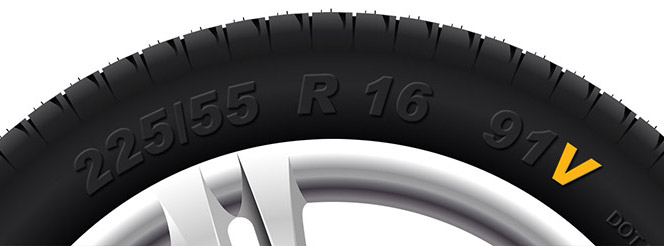Common Reasons for Driving Test Failure
Published on: Wednesday, 30 March 2022 | Author: Jack Dreyer
Every year since 2006, the Driving and Vehicle Standards Agency (DVSA) provides a list of reasons why drivers fail their tests.
Anything from junctions to reverse parking have been catching drivers out over the years. In fact, in 2020/21, only 49.8% of drivers passed their test.
So, whether you’re a driving instructor, a learner preparing for an upcoming test, or a concerned parent looking to advise your child on how to pass first time, read on to discover the errors drivers commonly make.
For more information about the reasons why drivers fail their tests, head over to the GOV.UK website, or download the DVSA’s PDF for some statistical analysis. In the meantime, though, keep reading to find out what we have to say on the matter.
1. Observations at junctions
Lots of drivers fail to make the correct observations when arriving at and pulling away from junctions. When pulling into the path of other vehicles, however, it is important to make effective — even exaggerated — observations , especially when in your driving test. Before driving away, look both left and right to ensure it is safe.
2. Checking mirrors
One of the first things taught in a driving lesson is mirror checks, yet so many drivers overlook this fundamental stage when pulling away or turning. Make sure you use both wing mirrors and the rear view mirror to check your path is clear before taking any action.

3. Turning right at junctions
Again a fundamental, a simple right turn is apparently enough to throw some drivers off. To nail a right turn, make sure you check your mirrors, indicate in good time, and position your car correctly. Your car should be close to the white line in the centre of the road and you should pull forward before turning to avoid colliding with the oncoming or waiting cars.
4. Responding to traffic lights
Traffic lights can be tense, especially when there are lots clustered together. That’s why it is important to stay focused when waiting for the lights to change.
Though it sounds simple, the whole process of ‘green for go’, ‘amber for get ready’, and ‘red for stop’ is often forgotten in the stressful conditions of a driving test. To avoid a fail for this, give yourself plenty of distance to check the lights and be ready to respond immediately. Reducing your speed when a light turns amber, for example, is an effective response.

5. Steering
According to the DVSA’s guidance, plenty of drivers have failed on account of poor steering.
Be it curb collisions, ineffective turning, or swerving, steering catches drivers out a lot. In which case, when you’re learning to drive, get into the good habit of looking far ahead and then bringing your focus back towards you to spot upcoming hazards as well as practising your hand movements on the wheel.
6. Responding to traffic signs
Traffic signs aren’t just passive pieces of metal, you know. Far from offering optional advice, traffic signs must be adhered to for the safety of you, your passengers, and other drivers.
You’d be surprised how many drivers accidentally miss the giant red ‘STOP’ signs. When practising for your theory test, spend some time really getting to grips with what the signs mean — even the ones you think you’ll never encounter.

7. Responding to road markings
Similarly, the DVSA has revealed that road markings are also often ignored by drivers in their tests.
This comes down to spatial awareness and how familiar a driver is with the width, length, and turning capabilities of the vehicle they are driving. Make sure you look out for the white road markings and respond to the directions they give.

8. Road positioning
Make sure you are in the right lane, especially at roundabouts when it can be dangerous. Ensuring your car does not straddle the markings or veer about dangerously is of the utmost importance for safe driving.
9. Moving off safely
Pulling away is arguably one of the most challenging manoeuvres in driving. Not only do you have to get to grips with clutch control, but you’ll need to check your blind spots and constantly ensure it is safe to move off. This is particularly important when pulling onto a motorway, for example – ensure you get up to speed, check your mirrors, and check your blind spot for cars in the left lane.

10. Controlling the move off
When putting all those aspects together, it can be easy to forget steering, leaving the car to veer onto the wrong side of the road or turn out at far too wide of an angle. Make sure you have control over the vehicle, guiding it safely to where it needs to go, and guiding you safely to a pass.
And there you have it! The Tyre Pros team wishes you the best of luck with your test – and when you’re safely on the road, feel free to pop in to your local Tyre Pros centre with any questions you might have about your car or tyres.




